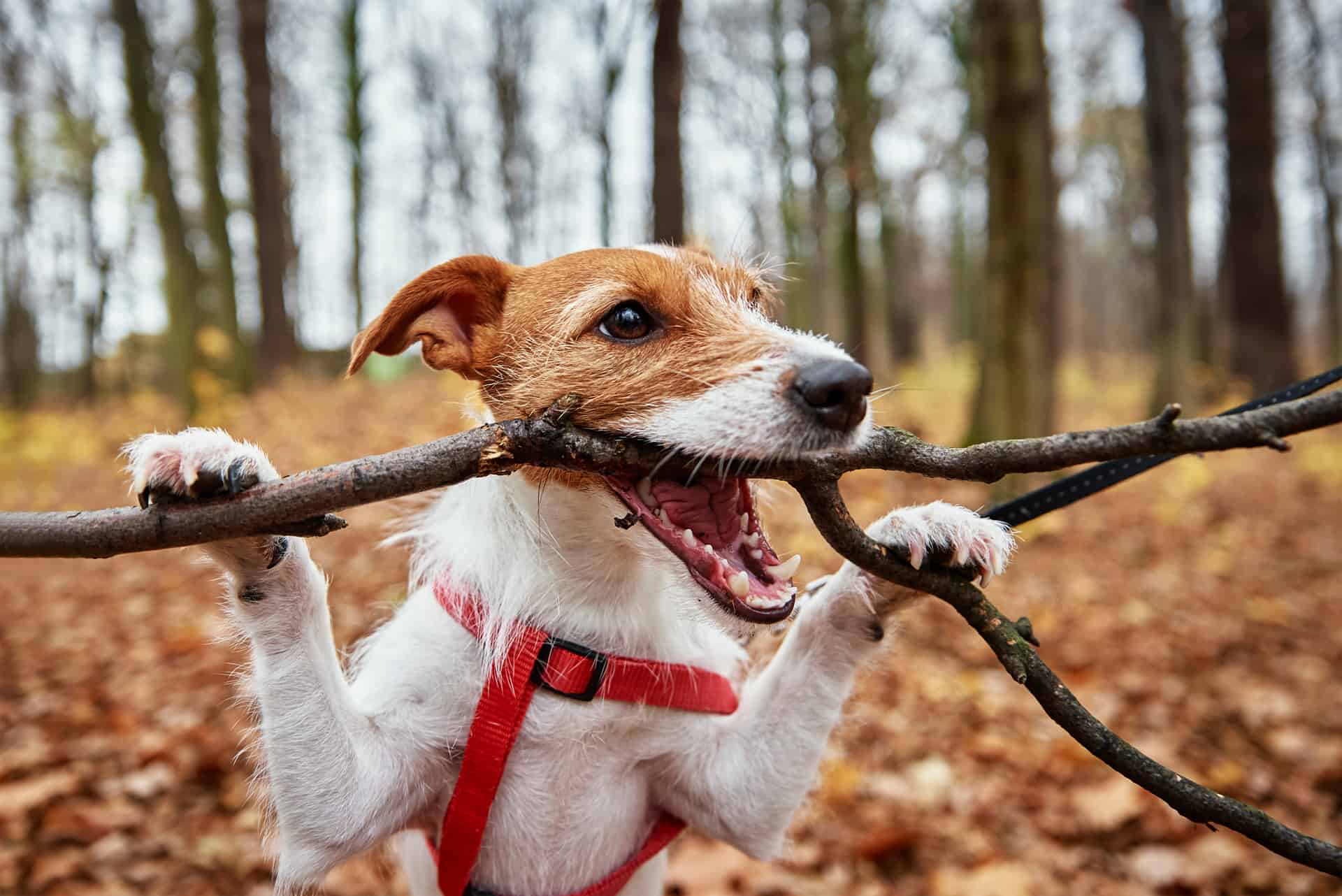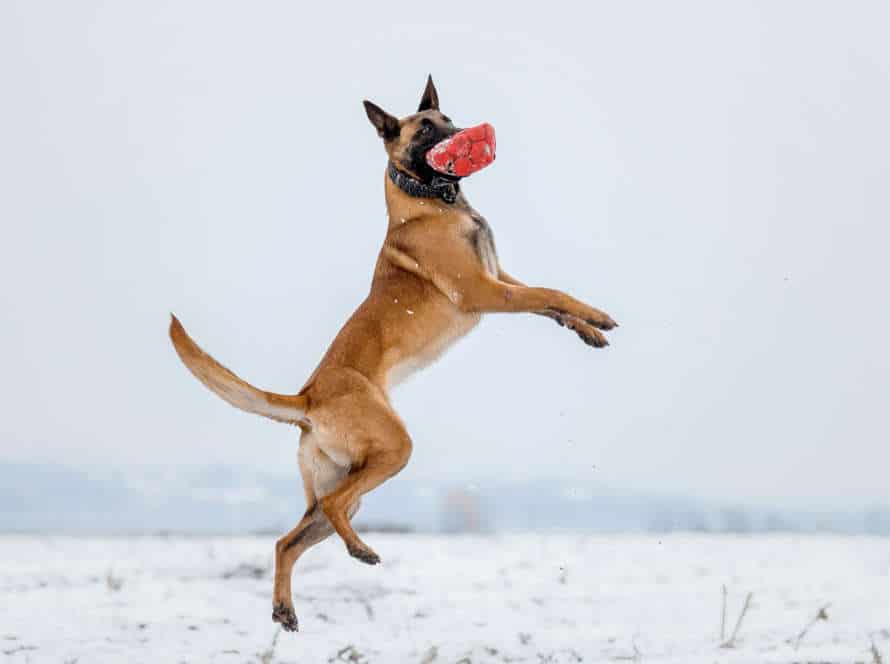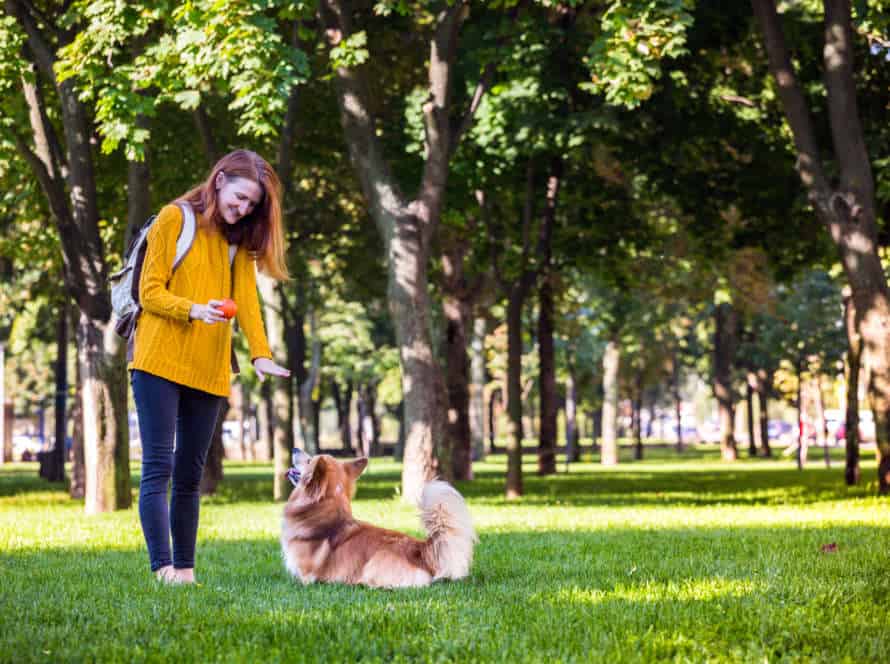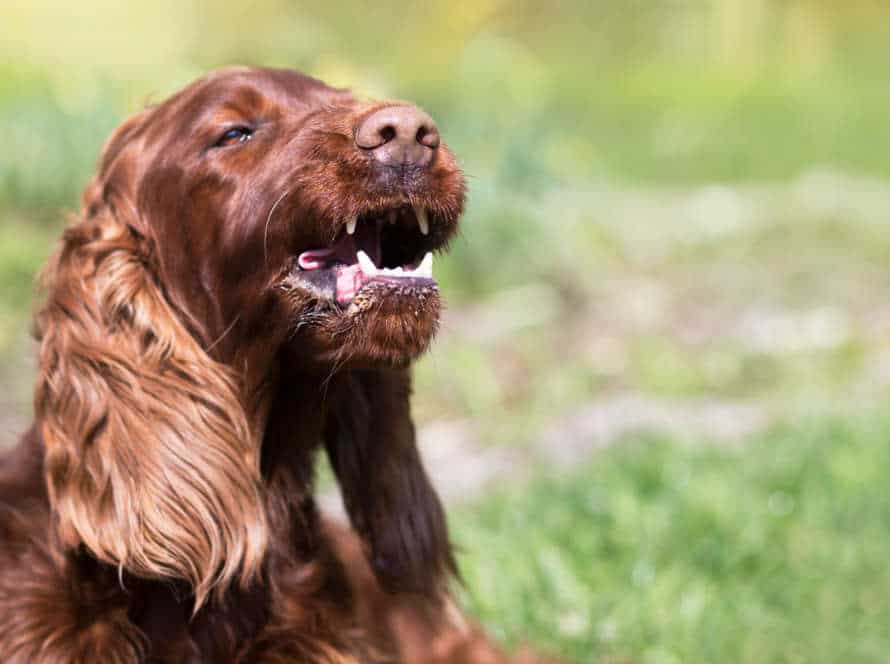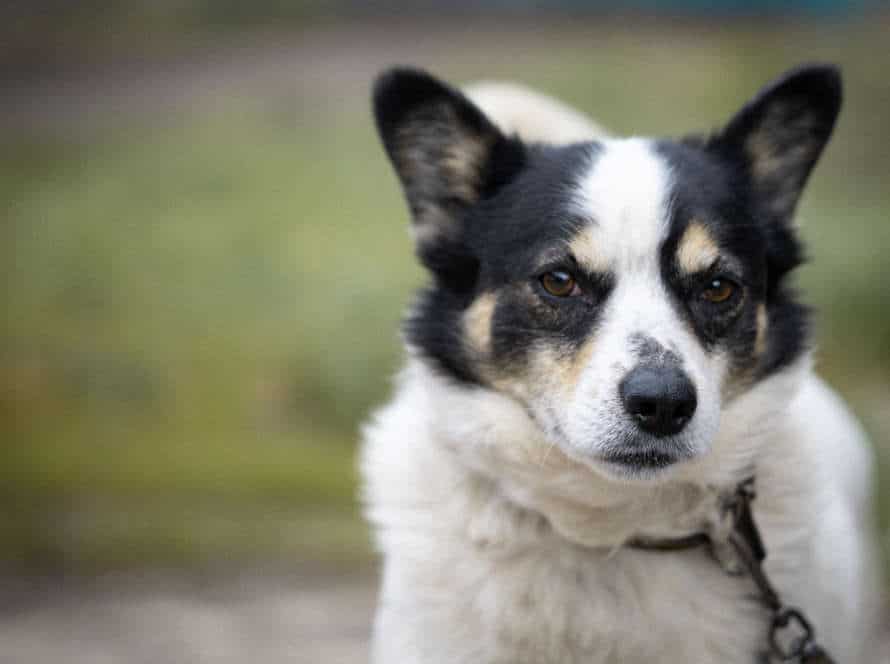Common Misconceptions About Dog Aggression
Dog aggression is a complex behavior that has been misunderstood over the years. It’s important to know the truth about dog aggression.
Myth 1: All aggressive dogs are dangerous. Not true! Some dogs may be aggressive due to fear, insecurity, or territoriality, but they aren’t necessarily dangerous.
Myth 2: Neutering or spaying will fix all aggression. Not true either! Different types of aggression need different types of treatment.
Myth 3: Punishing an aggressive dog will stop its aggression. Not true! Punishment may even make the aggression worse. Positive reinforcement is way more effective.
It’s important to educate yourself on dog aggression and work with a professional trainer if your dog has aggressive tendencies.
Fear Aggression is the Only Type of Aggression
Fear aggression is not the only form of aggression seen in dogs. Other types include:
- Territorial aggression
- Redirected aggression
- Possessive aggression
- Social aggression
Each has its own distinct traits. Therefore, it’s important to get professional help to ensure positive outcomes. Let’s learn more about the different types of aggression.
Understanding Different Types of Aggression in Dogs
Fear Aggression is one type of aggression in dogs. It’s important to know the differences to help manage and stop aggressive behavior. Here are four types:
- Territorial Aggression: When a dog gets aggressive to people/animals entering its territory. Guard dogs may be triggered by someone entering their yard/house.
- Protective Aggression: When a dog gets aggressive to people/animals when it feels its family/property is being threatened. Seen in mothers with young puppies/dogs with strong bond to owners.
- Possessive Aggression: When a dog gets aggressive to other animals/people when it has a valuable resource (food, toys, territory).
- Fear Aggression: When a dog gets aggressive due to feeling threatened/afraid. Triggered by a range of stimuli & could be due to past experiences/lack of socialization.
Understanding which type of aggression your dog is exhibiting can help support and train them, & stop further aggressive behavior. Pro tip: Seek help from a professional trainer/behaviorist before attempting to resolve aggression.
How to Recognize Signs of Aggression in Dogs
Fear aggression isn’t the only type of aggression found in dogs. Possessive, territorial, and dominance aggression can also occur. It’s essential to recognize the signs of aggression to prevent harm.
These signs could be:
- Growling or snarling
- Baring teeth
- Stiff body language
- Intense staring or eye contact
- Lunging or biting
- Excessive barking
- Raised fur on the back
It’s necessary to address these signs with professional help. Misconceptions exist that fear is the only cause of aggression in dogs, but it can be due to socialization, medical conditions, or past traumas. Identifying the root cause is key to solving the problem.
Early recognition and intervention are critical for managing aggression in dogs, as it can become dangerous if left untreated.
Consequences of Ignoring Aggressive Behavior in Dogs
Ignoring aggressive behaviour in dogs can have terrible consequences. It can endanger the safety of people and other animals around them. Fear aggression is one kind of aggression, but there are many others. These include territorial, possessive, redirected and predatory aggression. Ignoring any sign of aggression may lead to attacks like growling, barking, lunging or biting.
It is wrong to think that fear aggression is the only kind of aggression in dogs. They may become aggressive due to feeling threatened, asserting dominance, or feeling pain or discomfort. It is essential to identify and address the underlying cause in order to reduce aggressive behaviour.
In such cases, it’s best to contact a professional dog behaviourist. With the right training and behaviour modification, it is possible to decrease aggressive behaviour and make your dog feel calmer and happier.
Training Can Completely Eliminate Aggression
Training can help stop aggressive behavior in dogs. But, it’s unrealistic to think that it’ll get rid of all aggression. Aggression is instinctive for canines. Training can help manage it, but not all aggression can be eliminated. Let’s explore this further!
The Limitations of Basic Obedience Training in Addressing Aggression
Obedience training can help dogs learn commands like “sit,” “stay,” and “come.” But it won’t get rid of aggression. Why? Obedience training teaches dogs to listen and respect their owners. Aggression, though, is often caused by complex things like fear, anxiety, territory issues, or socialization problems. Obedience training can help, but it’s not a sure fix. To solve the problem, you need to find the cause and ask a professional for help.
Pro Tip: Get a dog trainer or vet behaviorist if your dog is aggressive or has any other issues.
Working with a Professional Dog Trainer
Working with a professional dog trainer is a great way to tackle dog aggression, an issue many pet owners struggle with. However, there are some misconceptions about this solution that need clarifying.
Misconception 1: Aggressive dogs can’t be saved. This is false! Even the most aggressive dogs can learn to manage their behavior with the right training and consistency.
Misconception 2: Training can make aggression worse. This is not true either! Professional trainers understand the causes of aggression and can create tailored plans for each dog’s personality.
Misconception 3: Owners can train their dogs themselves. Knowing basic techniques can help, but pros bring expertise and experience to the table. Working with a professional leads to better, longer-lasting results and better pet-owner relationships.
The Importance of Consistency and Continual Reinforcement in Training for Aggression
It’s essential to be consistent and continually reinforce training to remove aggression from dogs. People often think training won’t work or isn’t necessary, but that’s incorrect. Training is necessary, and aggression can usually be managed. Here are some tips on training a dog to be less aggressive:
- Be consistent in training and reinforcement. A dog can’t learn consistency if its owner isn’t consistent.
- Focus on positive reinforcement. Reward and recognize the dog when it reacts positively in situations that cause aggression.
- Use cues to help the dog recognize aggressive behavior, like growling or barking.
- Remember to be patient. It may take several months to start seeing results.
In conclusion, appropriate training and continual reinforcement are key steps in eliminating dog aggression.
Certain Breeds Are Inherently Aggressive
Dog aggression? Barking, snarling, maybe even biting! Some people think certain breeds are much more likely to be aggressive. However, this is not true. This article will tell us why. We’ll learn why certain breeds don’t have higher aggression levels than other breeds.
The Dangers of Stereotyping Dog Breeds
Stereotyping dog breeds can be unfair and cause harm. This can lead to legislation, discrimination, and even euthanasia. The idea that certain breeds are aggressive is a mistake.
Dog aggression is complex; it’s influenced by many factors like genetics, socializing, training, and environment. Each dog should be judged on its own behavior, not breed.
Owners should provide training, socializing, and care, no matter the breed. The way to stop dog bites is to educate owners on responsible pet ownership, recognize signs of aggression, and take action to prevent it.
Pro tip: Focus on individual dog behavior, not breed-based stereotypes. Educate owners on being responsible pet owners.
Factors That Influence a Dog’s Behavior
Dog behavior is impacted by various aspects. Genetics, socialization, and environment can all play a role. While some breeds may be more prone to aggression, it does not mean all dogs of the breed will be aggressive. It’s a common misunderstanding that some breeds inherently have aggressive tendencies, but this is incorrect.
Other influences on a dog’s behavior include: training, past experiences, and how their owners treat them. A lack of socialization can lead to aggressive behavior.
It’s important to remember each dog is special and should be treated as such. Owners should spend time getting to know their dog’s personality, behavior, and needs. Working with them in a positive way will help shape their behavior. Professional guidance and training can also be beneficial for managing aggressive behavior.
Pro Tip: Before getting a dog, always research the breed to understand their needs and tendencies.
Effective Strategies for Managing Aggression in All Breeds
Aggression in dogs can be alarming. But, there are various ways to manage it. All breeds aren’t naturally aggressive, dispelling any myths. Here are five tips for managing canine aggression:
- Communicate with your dog through training.
- Instantly, and suitably, punish aggressive behaviour.
- Reward good behaviour with treats and compliments.
- Identify and divert triggers that lead to aggression.
- Seek a professional trainer or behaviourist for serious cases.
No breed is innately aggressive. A dog’s behaviour depends on its upbringing and training. Therefore, it is important to dismiss any misconceptions about aggressive behaviour in dogs, to ensure all breeds are treated fairly and have the potential to be loving companions.
Frequently Asked Questions
1. Q: Are all aggressive dogs dangerous?
A: Not necessarily. Aggression in dogs can manifest in a variety of ways and at different levels of intensity. Some dogs may simply be reactive due to fear or anxiety, while others may display aggressive behavior due to a lack of socialization or training. However, it’s important to take any signs of aggression seriously and seek professional help to address the issue.
2. Q: Is dog aggression always caused by bad owners or abuse?
A: No. While the way a dog is raised and trained can certainly impact their behavior, there are also genetic and environmental factors that can contribute to aggression. Some breeds may be more prone to aggression due to their breeding history, and dogs that have experienced trauma or stress may also display aggressive behavior.
3. Q: Can you train aggression out of a dog?
A: It’s possible to manage and reduce aggression through training and behavior modification, but it’s rare for aggression to be entirely eliminated. It’s important to work with a trained professional to develop a plan that addresses the root causes of the aggression and modifies the dog’s behavior in a safe and effective way.
4. Q: Will neutering or spaying a dog reduce aggression?
A: It’s possible that altering a dog may reduce certain types of aggression, such as territory-based aggression or aggression between dogs of the same sex. However, simply neutering or spaying a dog is not a guaranteed solution to aggression, and it’s important to address the underlying behavioral issues as well.
5. Q: Are some breeds of dogs naturally aggressive?
A: No specific breed of dog is inherently aggressive, but certain breeds may have been bred for specific purposes that involve protective or territorial behavior. Additionally, some breeds may be more prone to aggression due to their genetic makeup or past experiences. It’s important to judge each dog as an individual and not make assumptions based on their breed.
6. Q: If my dog is aggressive, does that mean I should get rid of them?
A: Not necessarily. Aggression can be managed and treated with the help of a professional, and many dogs are able to live happy and healthy lives with appropriate interventions. However, it’s important to assess the safety of all members of the household and make decisions that prioritize everyone’s well-being.

